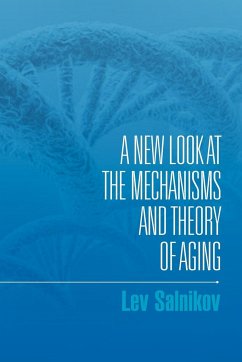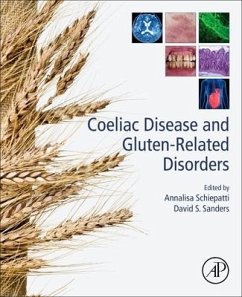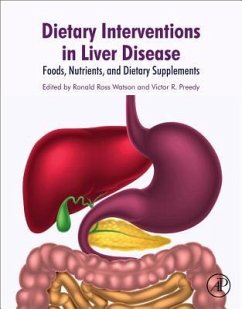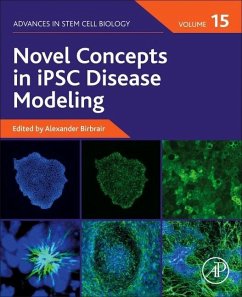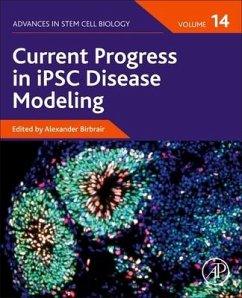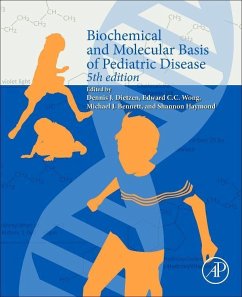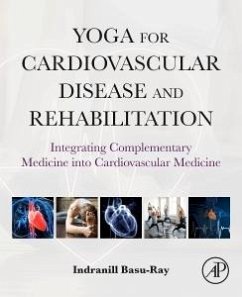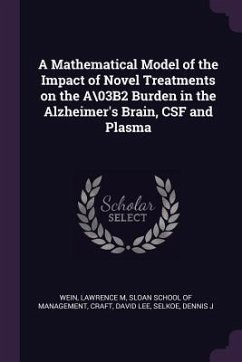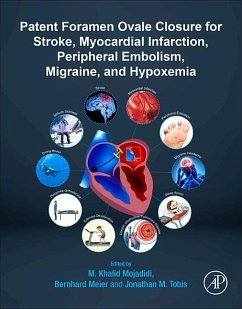
Neuropathology of Aging and Alzheimer's Disease

PAYBACK Punkte
78 °P sammeln!
Neuropathology of Aging and Alzheimer’s Disease takes a foundational approach to the topic by offering basic scientific information and the latest advancements in the field. The focus of this reference is on neuropathology and recent advances in tissue characterization in aging, and in Alzheimer’s Disease. Neuropathology has direct relevance to therapeutic constructs and allows for an in-depth understanding of disease pathogenesis. It is a synthesis of the salient issues with respect to pathology, pathogenesis, diagnosis, disease, normal aging, biomarker relevance, and prospects for therap...
Neuropathology of Aging and Alzheimer’s Disease takes a foundational approach to the topic by offering basic scientific information and the latest advancements in the field. The focus of this reference is on neuropathology and recent advances in tissue characterization in aging, and in Alzheimer’s Disease. Neuropathology has direct relevance to therapeutic constructs and allows for an in-depth understanding of disease pathogenesis. It is a synthesis of the salient issues with respect to pathology, pathogenesis, diagnosis, disease, normal aging, biomarker relevance, and prospects for therapeutic intervention.




